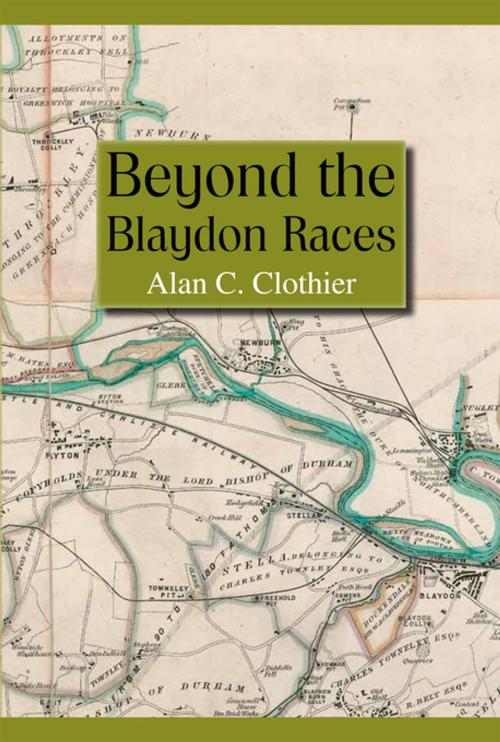| Author: | Alan Clothier | ISBN: | 9781910792346 |
| Publisher: | Melrose Books | Publication: | January 27, 2017 |
| Imprint: | Melrose Books | Language: | English |
| Author: | Alan Clothier |
| ISBN: | 9781910792346 |
| Publisher: | Melrose Books |
| Publication: | January 27, 2017 |
| Imprint: | Melrose Books |
| Language: | English |
The area covered by this book is mainly that of the five waggonways delivering coal to their staiths on the River Tyne at Lemington from collieries at Wylam, Heddon, Throckley, Walbottle, Hollywell and Black Callerton. The main objective has been to place the early wooden waggonways fully in the context of their purpose and usage within the mining industry and continues with their development and the coming of railways up to the demise of the coal industry in that district. There is a more detailed insight into the multifarious activities of Colliery Viewers whose work it is felt has not always received the attention which it deserves. For much of this feature, the author is indebted to the wonderfully detailed work diaries of William Oliver held by the North of England Institute of Mining and Mechanical Engineers. The opening date for the Wylam Waggonway has long escaped the notice of historians and many well-known writers have had it wrong; the author is pleased that his researches have at least narrowed it down to the year in which this event occurred. A Glossary of Terms used in the mining industry is also included as well as numerous plans and a Chronological Listing of Events. Whatever a reader’s interests are, they are wished as much pleasure in following up their leads as the author has derived from gathering his.
The area covered by this book is mainly that of the five waggonways delivering coal to their staiths on the River Tyne at Lemington from collieries at Wylam, Heddon, Throckley, Walbottle, Hollywell and Black Callerton. The main objective has been to place the early wooden waggonways fully in the context of their purpose and usage within the mining industry and continues with their development and the coming of railways up to the demise of the coal industry in that district. There is a more detailed insight into the multifarious activities of Colliery Viewers whose work it is felt has not always received the attention which it deserves. For much of this feature, the author is indebted to the wonderfully detailed work diaries of William Oliver held by the North of England Institute of Mining and Mechanical Engineers. The opening date for the Wylam Waggonway has long escaped the notice of historians and many well-known writers have had it wrong; the author is pleased that his researches have at least narrowed it down to the year in which this event occurred. A Glossary of Terms used in the mining industry is also included as well as numerous plans and a Chronological Listing of Events. Whatever a reader’s interests are, they are wished as much pleasure in following up their leads as the author has derived from gathering his.















